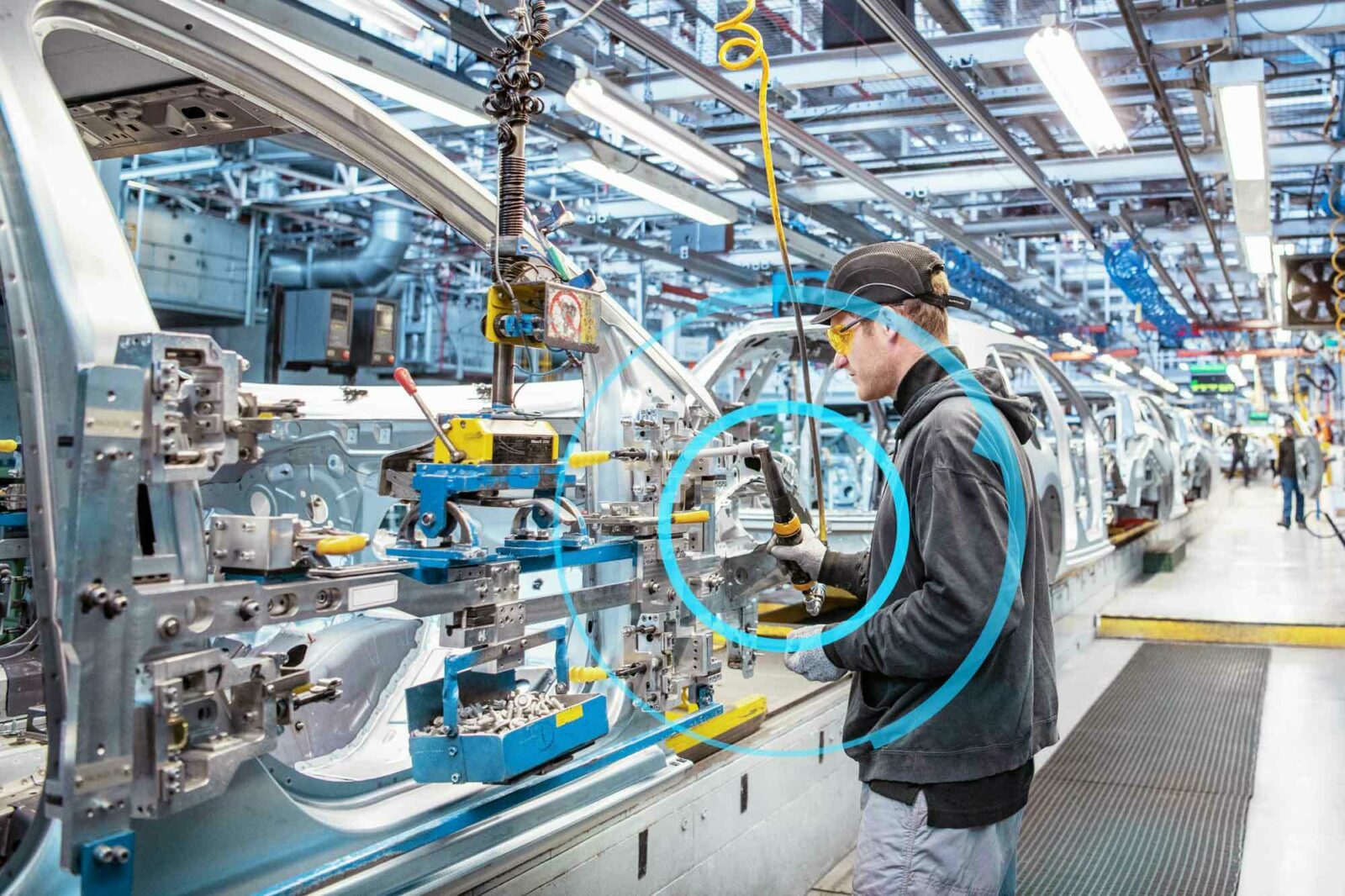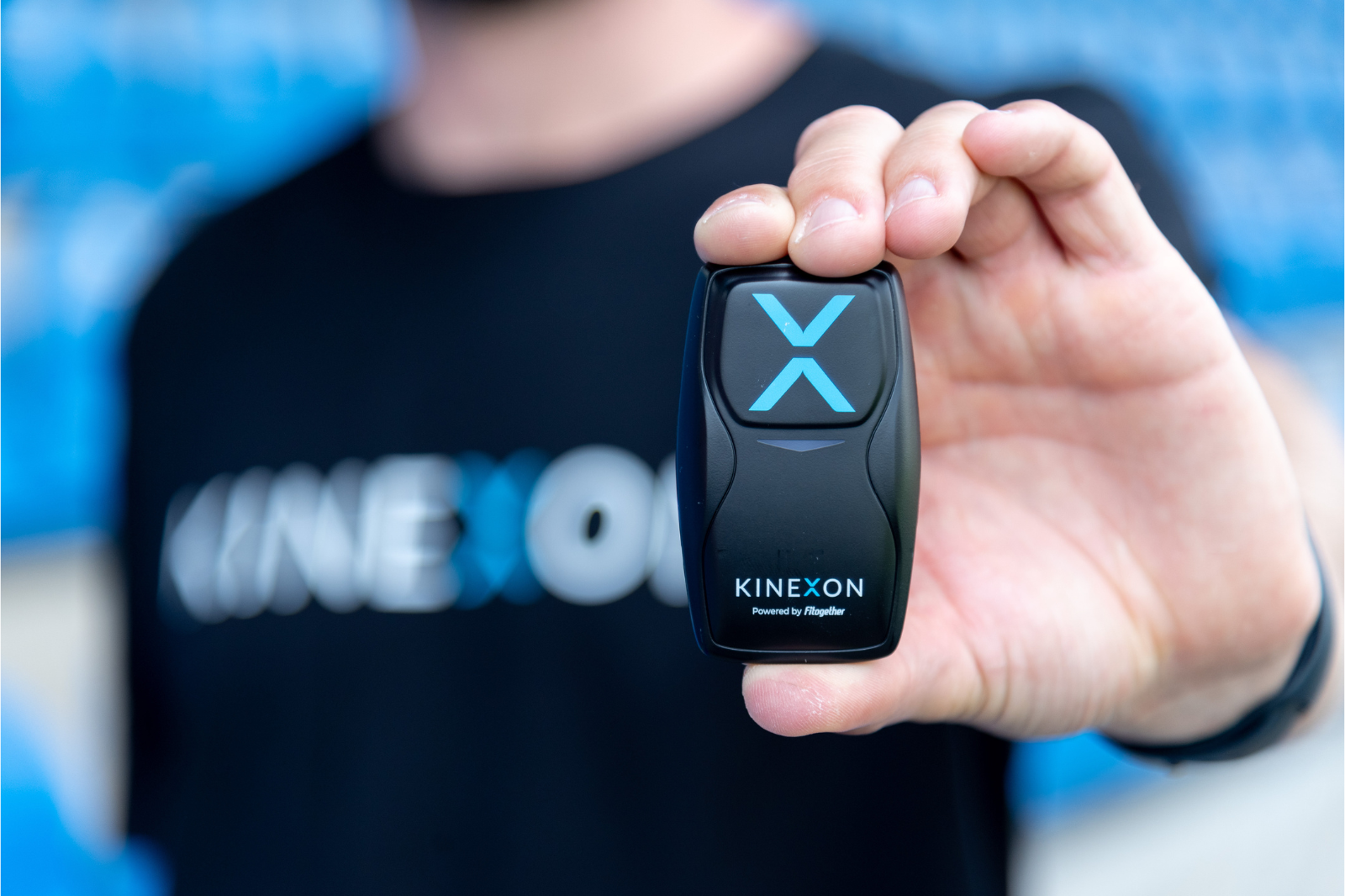
Why you need tool tracking in the automotive industry
Precision, quality, and speed are key factors for fast-paced manufacturing industries. In the automotive industry alone, a production stop of just a minute can cost tens of thousands of dollars, and automated tool control is a powerful solution to address challenges in automotive assembly. This is the first part of a three-part series exploring the potential of automated tool control for the automotive industry, based on an interview Assembly Magazine conducted with KINEXON. In the first part of the series, we focus on understanding the why of tool tracking in the automotive industry. Enjoy the read and stay tuned throughout the series for valuable insights on all things tool control.
Why Location Data in Automotive Assembly?
Often, on your assembly line, workers are faced with a myriad of different decisions that could make or break an assembly or an entire production line. With the addition of precise location data points, we can confidently say these decisions are removed from the equation as software and sensors will ensure that no fastening errors occur due to human error.
“Location data is a key tool for successful industrial automation and has been underleveraged for far too long.”
On an assembly line, a fastening tool is typically set up to install specific fasteners at a specific workstation. While an assembler might be tempted to use that tool to help a colleague down the line, such good intentions could actually lead to fastening errors. To keep that from happening, several companies have developed a variety of ways to ensure that fastening tools stay put.
Understanding the Why Behind Tool Tracking
In order to understand the value tool tracking technology provides, you must put yourself in the shoes of an assembly line worker who is managing a collection of different tools and parts that all belong on performance-critical parts of the car. As you can imagine, there is a lot to keep track of and constantly find on a day – to day basis, which takes up unnecessary time on assembly lines and sometimes causes unnecessary reworks and delays. Due to the high potential of human errors on something as little as a missing bolt, it is critical that companies place a tremendous value in this technology or else the chance of quality issues & costs go up drastically.
“It is critical to understand the importance of the value tool tracking and tool control technology provides [in manufacturing]. Lost or misplaced tools create costly search and idle time and may even halt an entire production line.”
The Business Case for Automated Tool Control
“Tool management overall goes beyond just tracking tools and aims to automate manual processes, which take up valuable time on assembly lines,” notes Bentanfous. “Additionally, automated tool configuration enables error-proof tightening processes. Through tool control, our clients avoid unnecessary rework costs and delays, while significantly optimizing both the quality and speed of their production.”
“Given the rather high potential of human error in intricate assembly lines, automated tool control is an unprecedented advantage for companies,” claims Bentanfous. “In our day-to-day operations, we work with some of the world’s largest companies, and we commonly come across four major challenges that they are dealing with on their assembly lines: frequent change of tool settings, due to the variety of products in production; extensive quality control; time losses due to non-value adding work steps, such as scanning bar codes; and production errors due to incorrect tightening processes that lead to rework efforts.
“Ultimately, any technology investment is made based on the potential of its return on investment. That’s why our team works effortlessly to ensure our [system] provides a clear measurable value that reflects directly on our customers’ bottom line.”














